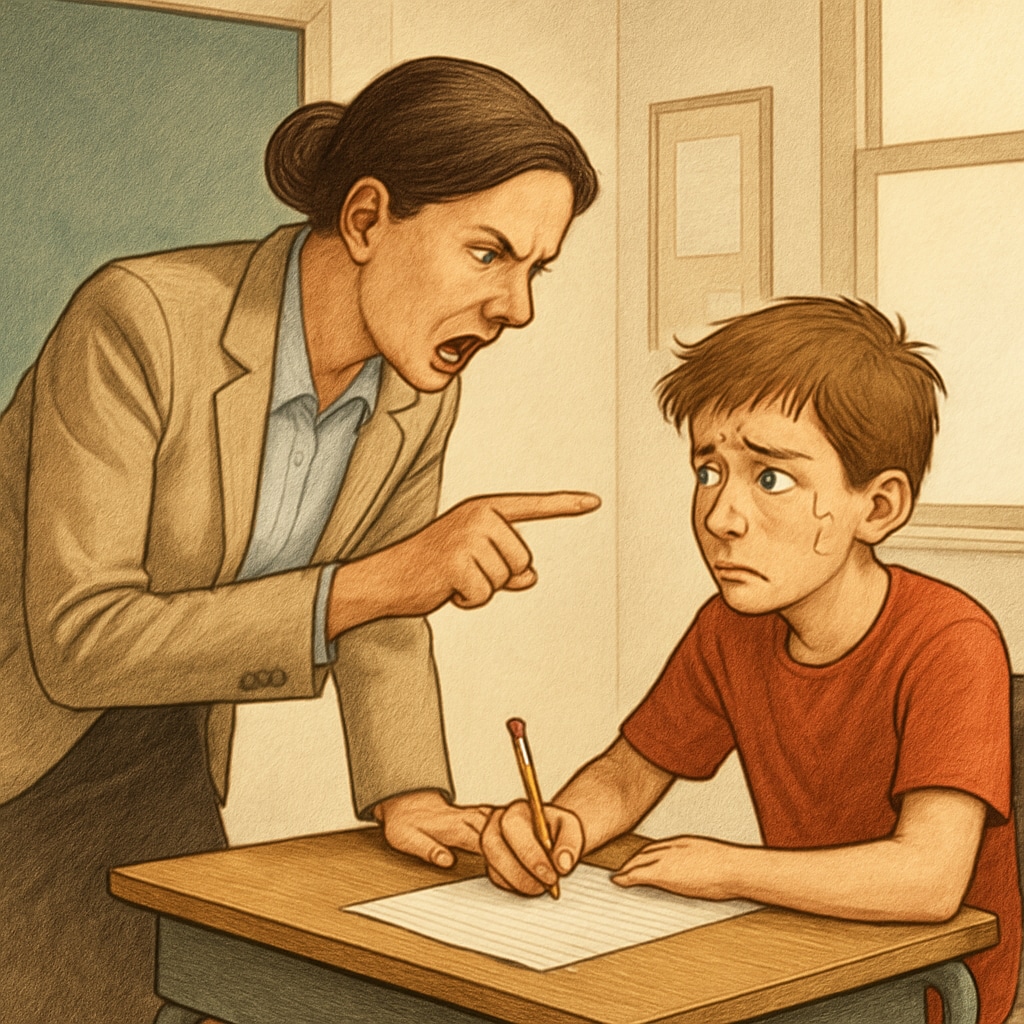The movie “Whiplash”, directed by Damien Chazelle, offers a gripping portrayal of extreme education methods and the psychological toll they can take. Centered on the intense relationship between a young drummer, Andrew Neiman, and his ruthless mentor, Terence Fletcher, the film highlights the double-edged nature of extreme education. It forces us to confront a critical question: Can we unlock a student’s potential through relentless pressure without crossing the line into emotional harm? By exploring the dynamics of love, pressure, and achievement, this article seeks to uncover a balanced approach to education that fosters excellence without sacrificing mental well-being.
Extreme Education: A Path to Greatness or a Road to Ruin?
Extreme education methods, like those depicted in “Whiplash”, rely on intense pressure and high expectations to push students beyond their limits. Terence Fletcher’s teaching style is a prime example: his methods include verbal abuse, public humiliation, and an uncompromising demand for perfection. While such an approach can lead to extraordinary achievements—as seen in Andrew’s eventual mastery of drumming—it also risks severe psychological damage.
Studies in educational psychology suggest that extreme pressure can yield short-term gains in performance but often leads to long-term emotional consequences. For example, a 2018 study published in the Encyclopaedia Britannica highlights the correlation between high-pressure environments and increased anxiety or burnout. This raises the question: Is the cost of excellence too high?

The Role of Love and Care in High-Stakes Education
While Fletcher’s methods may seem devoid of care, his actions stem from a twisted form of love for music and his desire to create greatness. This raises an important point: Can extreme education ever coexist with genuine care? Effective teaching requires a delicate balance. Too much leniency may fail to challenge students, while excessive pressure can lead to harm.
In contrast to Fletcher’s approach, research suggests that combining high expectations with emotional support can yield better results. According to a report by the American Psychological Association, students thrive when they feel supported by their teachers. This underscores the importance of fostering a nurturing environment even in high-stakes scenarios.

Finding the Balance: Lessons Beyond “Whiplash”
So, how can educators strike the right balance between pushing students to excel and ensuring their emotional well-being? Here are some key strategies:
- Set High Expectations with Clear Support: Encourage students to aim high, but provide a safety net of guidance and understanding.
- Focus on Growth, Not Perfection: Celebrate progress and effort rather than flawless results.
- Build Resilience Through Positive Reinforcement: Use constructive feedback to motivate rather than criticize.
- Encourage Open Communication: Give students a platform to express their struggles and concerns without fear of judgment.
By integrating these principles, educators can inspire greatness while prioritizing their students’ mental health. This approach not only nurtures talent but also prepares students for the challenges of the real world.
The Takeaway: The True Measure of Success
In conclusion, “Whiplash” serves as a powerful exploration of the highs and lows of extreme education methods. While the film celebrates the pursuit of excellence, it also exposes the emotional scars left by unchecked pressure. The ultimate lesson lies in finding a middle ground—one where educators challenge their students while also showing empathy and care. By doing so, we can redefine success as not just mastery but also happiness and resilience.
As we reflect on the balance between love and harm in education, let us remember that true greatness lies not in perfection, but in the journey of growth and self-discovery.
Readability guidance: This article uses concise paragraphs and clear transitions to ensure accessibility. Lists are included to break down key points, and the tone balances professional analysis with actionable insights.


